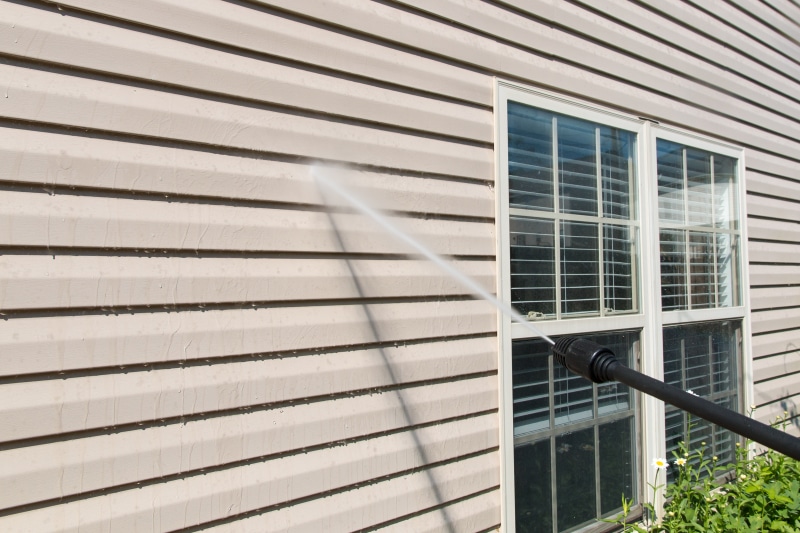Just when you thought you already had too many decisions to make when it comes to residing in your house, we’re going to add another – vertical or horizontal siding replacement in Roswell GA.
Yes, you’ve been racking your brain on what type of material to use – wood, fiber cement, vinyl, or cedar – and you’ve probably tossed around colors and shapes, as well. But now you have another option, and you need to know the advantages and disadvantages of horizontal and vertical siding.

The Pros and Cons of Vertical Siding
The Pros of Going Vertical
You might not see many homes with the siding installed vertically, but pretty much any type of siding material can be installed that way. Commercial buildings, such as office buildings, barns, libraries, schools, and sheds seem to use this type of installation more than residential, but it’s not unheard of for a residential structure, either.
Homeowners that take this path are looking for something more unique in their aesthetic, and that’s exactly what the vertical design brings to the table. It has an elongating effect that will make your home stand out among the others.
When it comes to cleaning siding, vertical is easier, which means if this is something you have to do often, you’re going to save time and money with vertical siding.
The Cons of Vertical
It might not seem like that big of a difference, but vertical siding replacement in Princeton NJ is actually more complex to install than horizontal, which means you’re going to pay more in labor costs than you will for horizontal siding. Plus, your installation team must have experience with this type of installation to get it done right the first time.
Vertical siding also involves installing furring strips between each piece, which is not something that has to be done with horizontal siding, and this adds to the expense of the materials.
Another layer of complexity is brought to the table if you ever plan on selling your home. The real estate industry can be fickle, and if you’re trying to sell a home with vertical siding in a tough market, it can be one thing that will dissuade a potential buyer who is looking for a conventional-style home as opposed to an unconventional home.
Installing Vertical Siding
The installation procedure for vertical siding is somewhat complex, which means you have to make sure your contractor has plenty of experience with it. Furthermore, it can be more expensive to have installed due to the extra labor.
However, you might also find that when you get the right manufacturer and the right contractor, the fact that some vertical siding is produced in longer and larger panels can make the process go faster because there is less cutting, measuring, and nailing.
Horizontal Siding: Pros and Cons
The Pros of Going Horizontal
Cost is one of the leading pros in going with horizontal siding. If you’re on a tight budget, this is going to be a big plus for you. It’s easy to install, compared to vertical siding, which is one of the main reasons it’s cheaper.
The installation process is also faster with horizontal siding, so if you want to take on a fast and easy project that gives your home a facelift, horizontal siding is a good match for that type of project.
The Cons of Horizontal
Horizontal planks of siding are often considered durable, but they do have a tendency to be damaged by rainwater. The main reason is that moisture will build up between the siding edges and get into the siding strips. Over time, this can cause the siding to become compromised and require complete siding replacement.
If you’ve chosen wood as your horizontal siding, know that it has the potential to warp, which can lead to rainwater leaking under the siding strips, which can also create a mold and mildew situation. Vertical siding doesn’t run this risk because the water will hit the surface and simply drop to the ground immediately.
